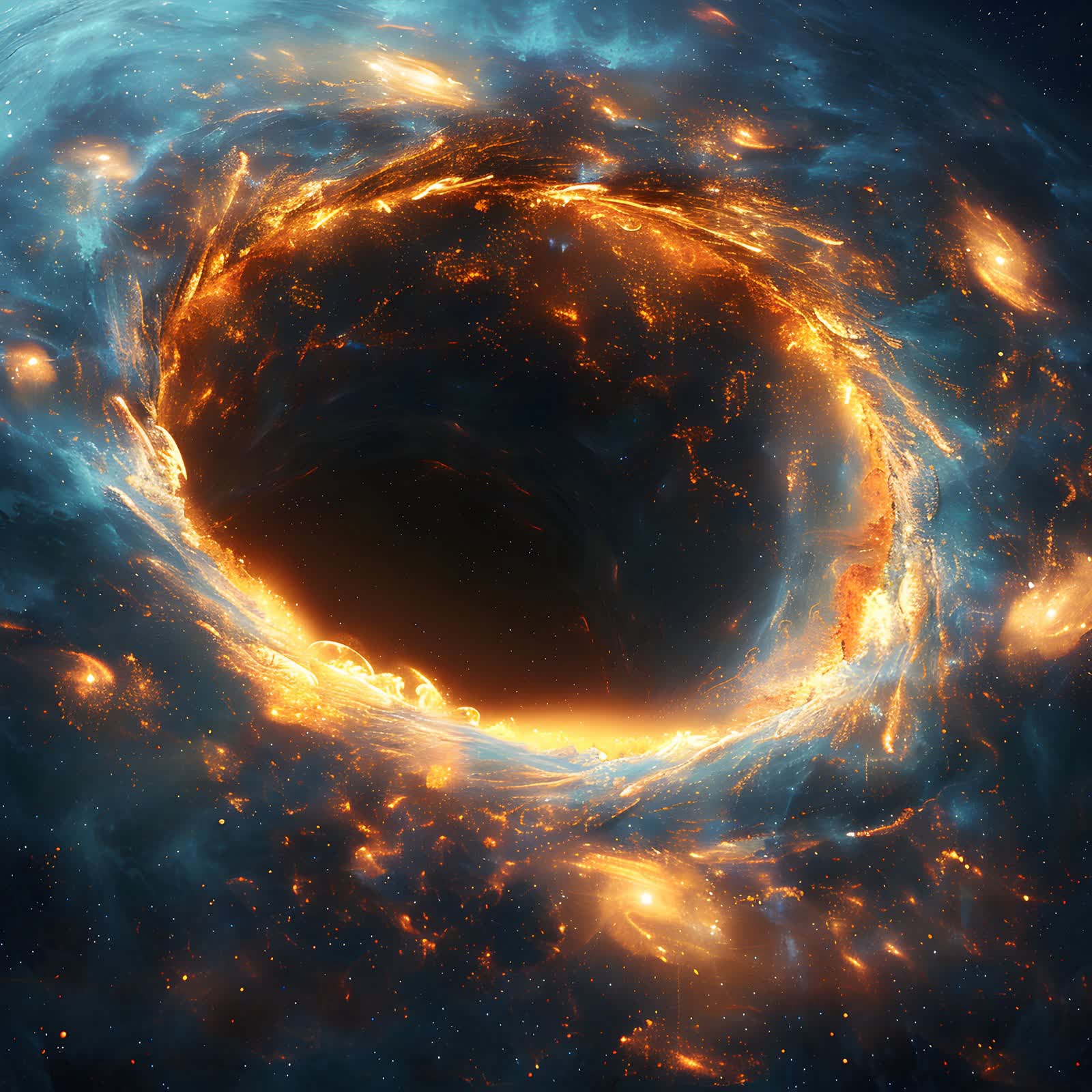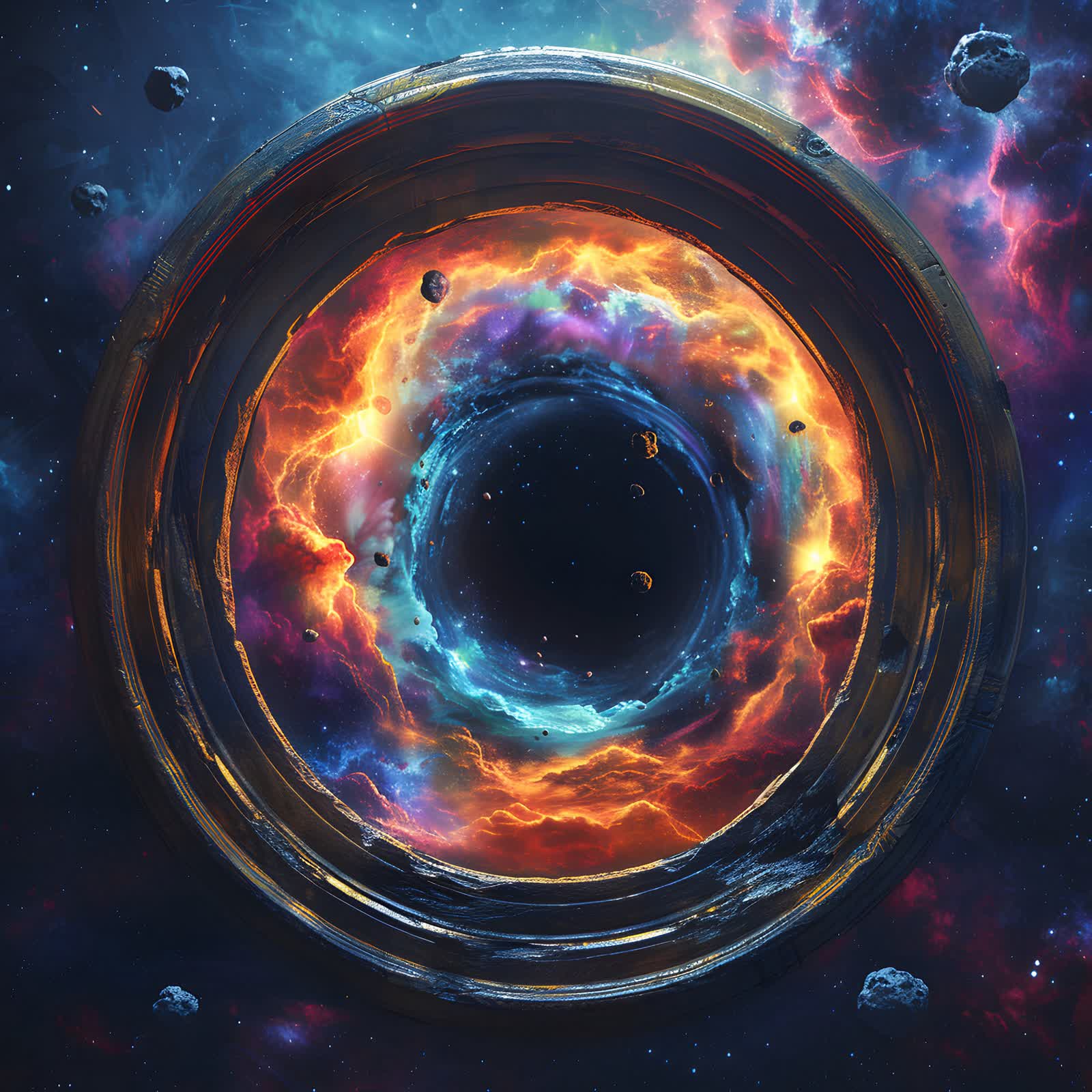In brief: Recent research on supermassive black holes has greatly enhanced our understanding of galaxy evolution, challenging current schools of thought on how they form. By examining how these black holes regulate star formation, scientists can gain insights into the large-scale structure of the universe and the distribution of galaxies over time. This evolving understanding may lead to new theories about cosmic development and the factors influencing galactic growth and dormancy.
A new study led by Chinese researchers marks a significant breakthrough in understanding the influence of supermassive black holes on their host galaxies. By examining 69 nearby galaxies, the team from China and France uncovered that the central black hole can heat surrounding cold gas, which prevents it from condensing into new stars. This discovery sheds light on why some galaxies continue to grow while others become dormant.
The findings indicate a direct correlation between the mass of the black hole and the availability of cold gas, which is crucial for star formation, with lead researcher Wang Tao from Nanjing University noting that larger black holes result in less cold gas, thereby inhibiting star formation.
Co-author David Elbaz from Université Paris-Saclay illustrated this process by comparing it to placing an upside-down glass over a candle – just as the flame extinguishes due to a lack of air, a black hole limits star formation by restricting cold gas availability.
Historically, scientists have recognized the relationship between the mass of a supermassive black hole and the mass of stars within a galaxy, as Elbaz explained to the South China Morning Post. However, until now, direct evidence linking black holes to the suppression of star formation had been elusive.

The researchers concentrated on atomic hydrogen, a vital component of star formation, discovering that its presence is more strongly correlated with the mass of the central black hole than with other factors, such as the total number of stars or the size of the galactic bulge. This suggests that black hole mass is the most important factor in determining the amount of cold gas available for star formation.
Elbaz proposed two potential explanations for this phenomenon. The first is that black holes might eject gas from the galaxy, but this theory faces challenges as many galaxies continue star formation despite having active black holes.
The second, more widely accepted interpretation, is that jets from active black holes heat the surrounding intergalactic gas, thereby preventing it from nourishing the galaxy – a process known as galaxy starvation. This latter theory has also been supported by numerical simulations in cosmology research.
The research team plans to further test their conclusions using data from China’s FAST radio telescope and the forthcoming Square Kilometre Array in South Africa and Australia.



